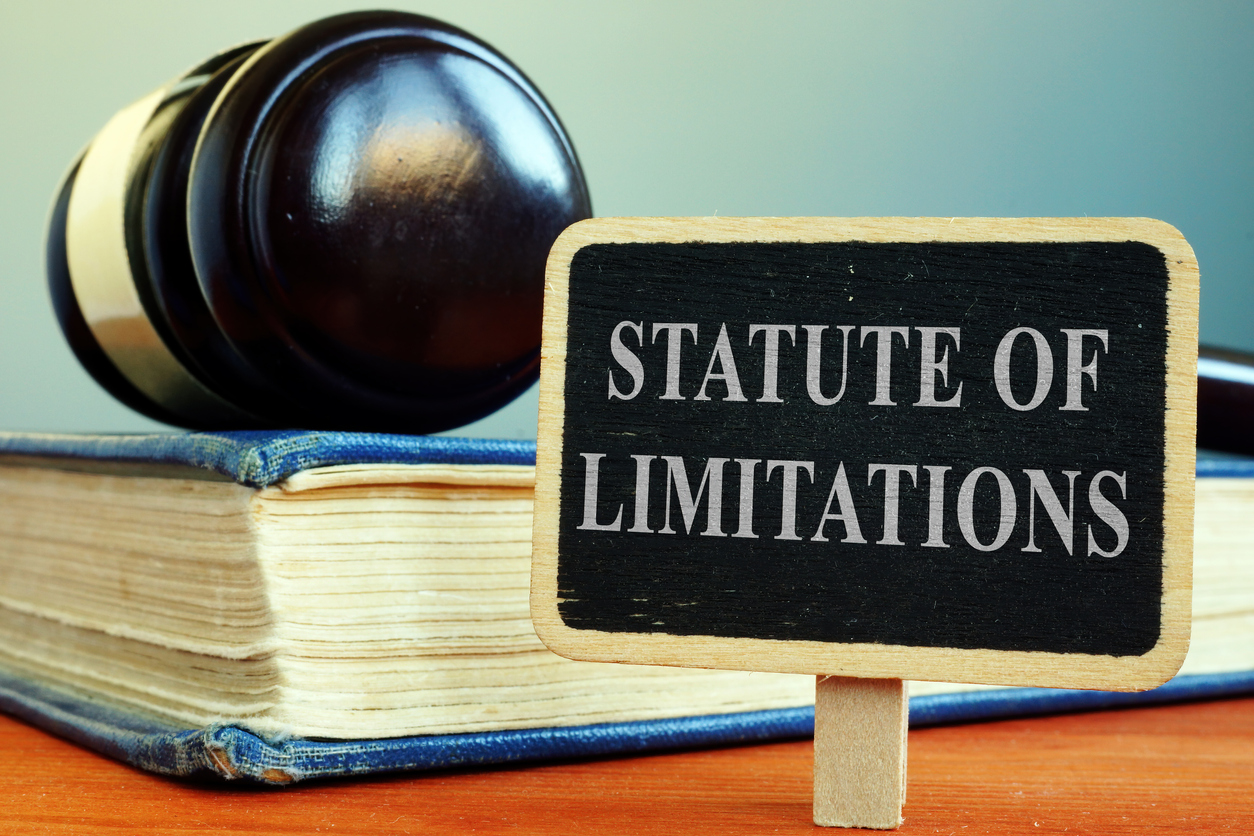While taking the deposition last week of a Pilot Catastrophe flood adjuster that was a former State Farm claims representative, I was thinking about some recent good news for State Farm. The first had to do with a Palm Beach Post report concerning State Farm possibly continuing to write insurance in Florida. The second had to do with a Hurricane Katrina jury verdict in Gulfport, Mississippi.
Dan Luby forwarded me an article, “State Farm Will Continue Homeowners Insurance in Florida, Insurance Commissioner Predicts,” which indicated that:
State Farm might not pull out of Florida’s homeowners insurance market after all, Florida Insurance Commissioner Kevin McCarty said…
McCarty said he’s "cautiously optimistic" that State Farm will keep at least some of its homeowners policyholders in Florida. Bloomington, Ill.-based State Farm is Florida’s largest private insurer of homes, and it said in January that it would stop writing property policies in Florida, where it covers 700,000 homes.
"We’ve really been having intense negotiations with the company at very high levels," McCarty said.
This morning, the St. Petersburg Times similarly reported the findings in “State Farm May Stay for Florida Homeowners.” The on-line article provided some plausible reasons for the change:
State Farm’s threat to pull out came after the state rejected its request for an average rate increase of 47 percent. Since then:
Insurance regulators have approved numerous homeowners rate increases across the state. Universal Property and Casualty, the second-biggest private insurer behind State Farm, got the green light for an average 14.6 percent increase.
Citizens Property Insurance, the state-run insurer for those who cannot find coverage in the open market, was approved for an average 5.4 percent rate hike for its base homeowners’ policies and has a pending request for an average 7.7 percent increase for high-risk properties.
Regulators said State Farm Florida could eliminate or reduce some discounts it offers its policyholders, effectively increasing premiums for homeowners as much as 28.4 percent. The decision will bring in $278 million in additional premiums for the company after all policies come up for renewals starting Dec. 1.
There’s a growing backlash against state-mandated mitigation credits that property insurers must give to those who take steps to shore up their homes against potential hurricane damage.
Insurers have criticized the program for depleting their premiums and say it is susceptible to fraud. Citizens Property recently approved a controversial $60 million "emergency plan" to inspect for cases of fraud among 400,000 policyholders who have received credits.
Arguably one of the most significant changes: Regulators have toned down their rhetoric against State Farm and other insurers. Despite another mild hurricane season, McCarty recently said he is sympathetic that property insurers deserve increases because they are receiving less in premiums and paying more for reinsurance.
State Farm spokesman Chris Neal said his company appreciates the attitude change.
"The tone has changed from last January when we filed our withdrawal," he said. "At least we’re talking.
As I indicated awhile ago, State Farm Must Love the Clash because of its indecision regarding this matter. It is obvious that State Farm was bullying Florida’s government into giving higher rate hikes. It is also obvious that this has been a bluff game for a long time where a corporation of immense wealth wants to continue in Florida but not lose face in compromising its position. The recent newpaper articles seem to confirm my September post, McCarty Claims State Farm Trying to Work Out Deal and Expects Property Insurance Rates to Go Up. I hope they can work something out.
The good litigation news last week for State Farm was the verdict of zero punitive damages in the Bossier vs. State Farm Katrina case. I would not equate the verdict with indicating that State Farm did nothing wrong—it underpaid its policyholder’s contents claim and forced a lawsuit for those benefits to get paid. The jury did rule that no further dwelling benefits were to be paid. Slabbed reported on this case in “While today’s Bossier verdict is still a rumor, chew on this!” and “Slabbed Scoops the News: Bossier gets nothing in Phase 2.”
I was aware of the case before the trial started and we provided the Bossiers’ very able counsel, Judy Guice, with some information and depositions in other matters. Certainly, we will talk with Judy and study the case. We will try to determine where arguments and evidence can be presented in a different manner to help provide a different result. We were pleased that Judge Senter allowed the issue of punitive damages to be presented to the jury.
I was thinking about these two different matters during the deposition because the catastrophe adjuster said that she could recall seeing only one structure in Mississippi that had any wind damage—even inland structures. She testified that she was instructed to determine the amount of pre-existing wind damage by going to the wind data for Bay St. Louis and Waveland to see if there were any strong gusts. She said she found no such data that suggested such strong wind speeds. So, she simply paid everything on flood claim which is under the National Flood Program and nothing for damage under the all-risk policy issued by State Farm.
Sounds crazy, right? Just about as crazy as thinking that State Farm really wanted to bankrupt its agents and stop doing business in Florida? I guess that reading about beating a customer’s punitive damage insurance claim in court and getting approval to raise customer rates in the newspapers is “good news” in the eyes of State Farm. And to most of us, I bet that sounds a little crazy as well.



